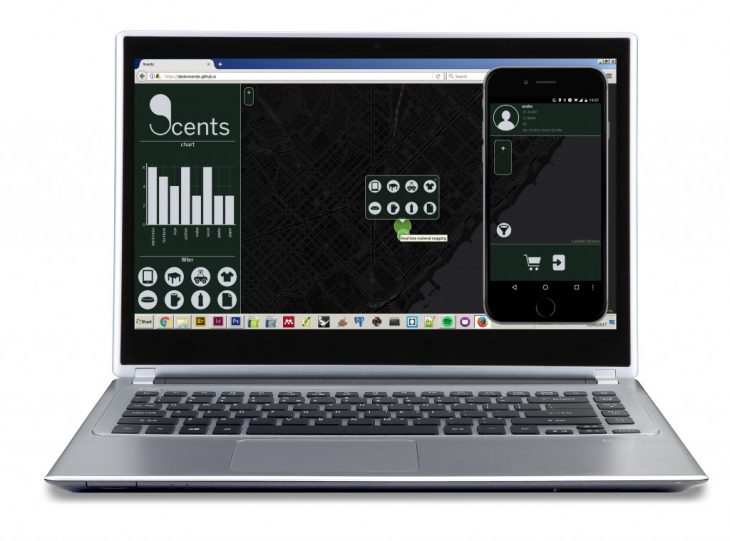 Tutor: Andre Resende
Tutor: Andre Resende
In the information age and the internet of things both living beings and objects are generating a quantity of data never seen before. Because of this phenomenon understanding and manipulating this data becomes an essential skill for planners and decision makers in contemporary cities. For this, notions of programming become necessary for systemic analysis of this large amount of information.
One of the most used tools in this type of work is Python, an open source programming language that has a large community of users as well as a huge range of libraries that allow us to read and generate files, perform complex mathematical analysis, connect to databases and to the Internet among hundreds of other applications.
The purpose of this course is not only to introduce Python as a working tool but to enable the student at the end of the process to master the basics of programming such as opening, manipulating and generating files, using external libraries, connecting to websites and online portals for the purpose of downloading information through programming, applying some algorithms most used for data analysis and visualizing these analyzes in charts and diagrams. During the process, the student will be introduced to the everyday vocabulary of programming and data science activity and so, in the end, it is expected that coding is a natural skill of the student so that he can use that new ability in other projects.

Technical requirements:
Anaconda is an environment that encompasses several libraries and tools for data analysis using Python and is available for most commonly used operating systems such as Windows, MacOS and Lynux.
Each student must download the platform (www.anaconda.com/